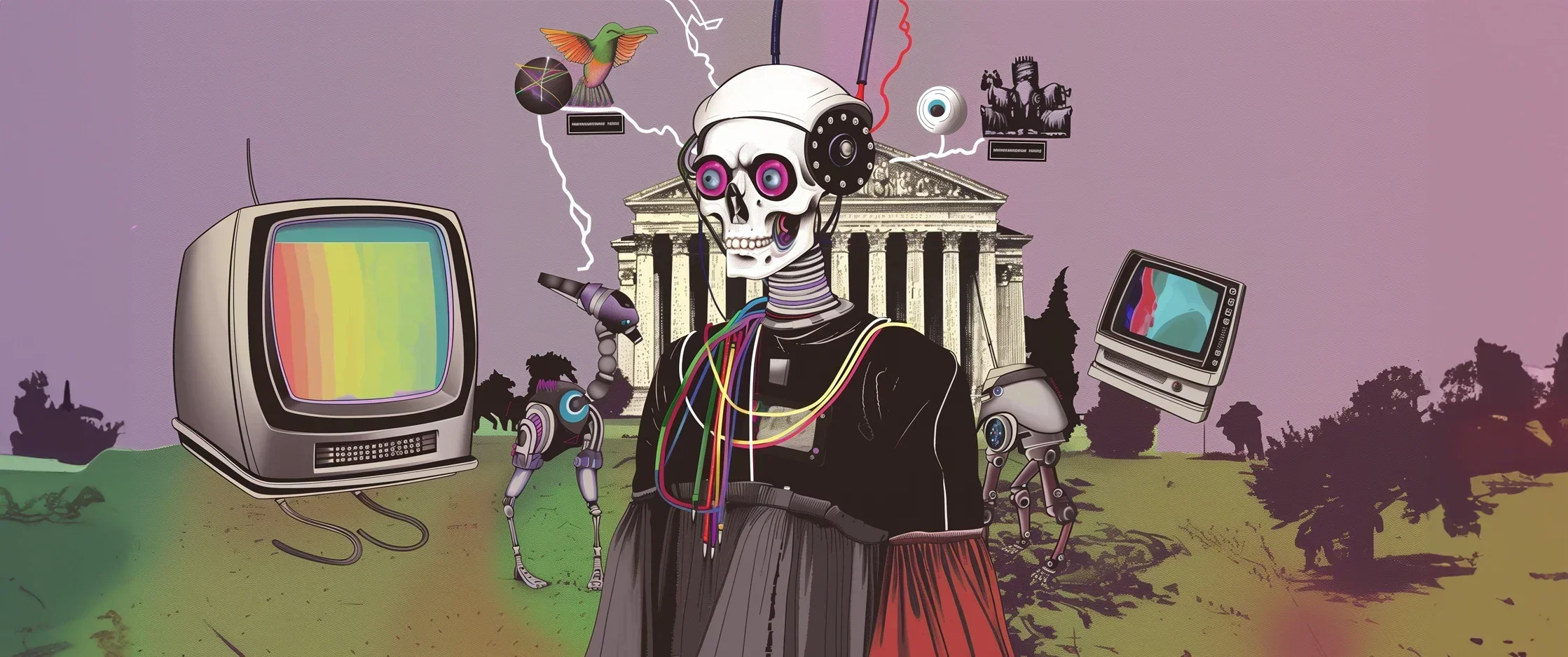Behind every hit song and chart-topping artist lies a critical but often overlooked force: A&R. A and R in music is the heartbeat of the industry, responsible for discovering new talent and shaping the careers of musicians. Without A&R, many of the artists we know and love today might never have been found.
According to IFPI figures, record companies invest $7.1 billion each year globally in A&R and marketing alone, underscoring the pivotal role these departments play in driving the music industry forward. This investment not only highlights the importance of A&R but also the significant impact it has on the global music landscape.
As we dive deeper, we’ll uncover the A&R definition, its roles, responsibilities, and evolving practices of these key industry players. From scouting new talent to promoting artists in the digital age, we’ll explore how A&R shapes the future of music and the opportunities it presents for aspiring professionals.
Understanding A&R in the Modern Music Industry
The world of A&R is multifaceted, encompassing various roles and responsibilities that are crucial to the success of the music industry. To fully appreciate its impact, let’s delve into the fundamental aspects of A&R.
What Does A&R Stand For?
A&R stands for “Artists and Repertoire.” This term encapsulates a crucial function within the music industry. Often questioned, what is A&R in music, the answer lies in its core responsibilities: discovering new talent and overseeing their artistic development. A&R professionals are the gatekeepers and nurturers of talent, ensuring that artists not only reach their potential but also align with market demands. They scout for promising musicians, assess their potential, and provide the necessary support and guidance to help them succeed.
The Role of A&R in Artist Development
In the A&R music industry, representatives play a pivotal role in transforming raw talent into polished, market-ready artists. They are deeply involved in every stage of an artist’s development, from initial discovery to career management. This includes helping artists refine their sound, advising on song selection, coordinating with producers and songwriters, and shaping their public image. A&R reps act as mentors, offering both creative and strategic guidance to ensure that the artist’s vision is realized while also being commercially viable.
Key Responsibilities of A&R Representatives
A&R representatives have a broad and dynamic range of responsibilities that are essential to the success of both the artists and the record labels they represent. These responsibilities include:
- Scouting for New Talent: Attending live shows, exploring online platforms, and staying attuned to trends to discover promising new artists.
- Artist Development: Working closely with artists to develop their sound, style, and brand. This includes selecting the right producers, songwriters, and collaborators.
- Contract Negotiation: Managing the business side of the artist-label relationship, including negotiating contracts and ensuring that all parties’ interests are protected.
- Project Management: Overseeing the recording process, from pre-production to final mastering, ensuring that projects are completed on time and within budget.
- Marketing and Promotion: Collaborating with marketing teams to develop and execute promotional strategies that will maximize the artist’s reach and impact.
These roles require a blend of creativity, business acumen, and a deep understanding of the music industry, making A&R representatives some of the most versatile professionals in the field.
How A&R Scouts for New Talent
Scouting for new talent in the A&R field involves a multifaceted approach that combines personal interaction and modern technology. A&R representatives frequently attend live performances, where they can see artists in their natural element, assess their stage presence, and gauge audience reactions.
Industry networking plays a vital role in this process. A&R reps maintain strong connections with producers, managers, and other artists who provide valuable leads on emerging talent. This network helps uncover promising artists who may not yet be widely known.
Digital platforms like YouTube, SoundCloud, and Instagram have revolutionized talent scouting. These tools allow A&R reps to discover artists who have already started building a fanbase and showcase their potential through self-released content.
In addition to these methods, data analytics have become crucial. By examining streaming statistics, social media engagement, and audience demographics, A&R reps can identify trending artists and predict their potential success. This combination of traditional scouting methods and advanced analytics ensures a thorough and effective talent discovery process.
The Evolution of A&R: From Record Labels to Independent Reps
The role of A&R has evolved significantly from its traditional roots in major record labels. Historically, A&R reps at these labels had the resources to discover and develop artists, manage recording projects, and promote music on a large scale. This centralized system allowed labels to control every aspect of an artist’s career.
The rise of independent record labels brought a shift towards more creative freedom for artists. Independent labels could take risks that major labels often avoided, leading to a more diverse range of music entering the mainstream. This decentralization allowed artists to explore unique sounds and niche markets.
The digital age further transformed artist and repertoire practices. Online platforms and social media enabled artists to release music independently and build fan bases without major label support. This led to the emergence of independent A&R reps who use digital tools and industry connections to discover and develop talent. These reps often focus on niche genres and markets, providing personalized support to their artists.
Modern A&R now relies heavily on data analytics and global reach, with reps using streaming data and social media engagement metrics to make informed decisions. This evolution has made the role of A&R more adaptable, tech-savvy, and connected to the music community, ensuring it remains a vital part of the industry.




















































